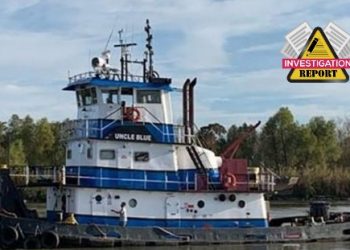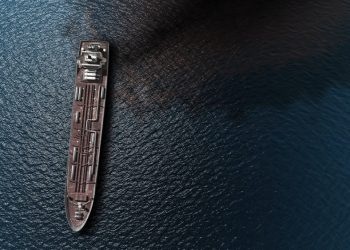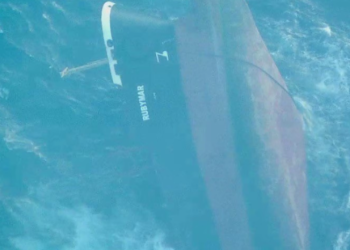A privately-funded expedition, commissioned by relatives of the victims of the M/S Estonia ferry that sank into the Baltic Sea nearly 27 years ago, will dive into the vessel’s wreckage this month.
The aim is to “is to find answers to questions” that official joint and separate investigations by Estonia, Finland and Sweden have failed to provide on the vessel’s fate.
Although during these decades numerous different investigations have been carried out, they have not been able to give the survivors and close relatives of the deceased exhaustive answers regarding the reason why Estonia perished
the Mare Liberum fund, said in a statement.
The M/S Estonia ferry, which was traveling from the Estonian capital Tallinn to Stockholm in Sweden, sank in heavy seas on September 28, 1994, killing 852 people, most of them Swedes and Estonians. Of the total 989 people on board, only 137 survived.
The Mare Liberum fund said it would organize the two-week dive expedition for late September. The project is estimated to cost 800,000 euros ($946,000).
What is more, some victims’ relatives say all previous research into the accident, had been conducted to hide the real cause of the accident.
The 1997 official joint investigation by Estonia, Finland and Sweden concluded that the ferry sank as its bow door locks failed in a storm. That separated the bow door from the vessel, and eventually caused extensive flooding of the decks that eventually sank the vessel in just 20 minutes.




























































